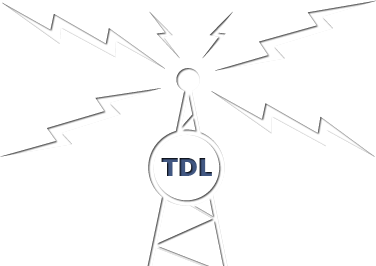
A Podcast about Digital Technology
The Digital Life is an online radio show that explores important, timely topics in the world of digital design and technology. Created by GoInvo, a top software design agency whose clients include Apple, Microsoft and Oracle.
 Subscribe Now
Subscribe Now
